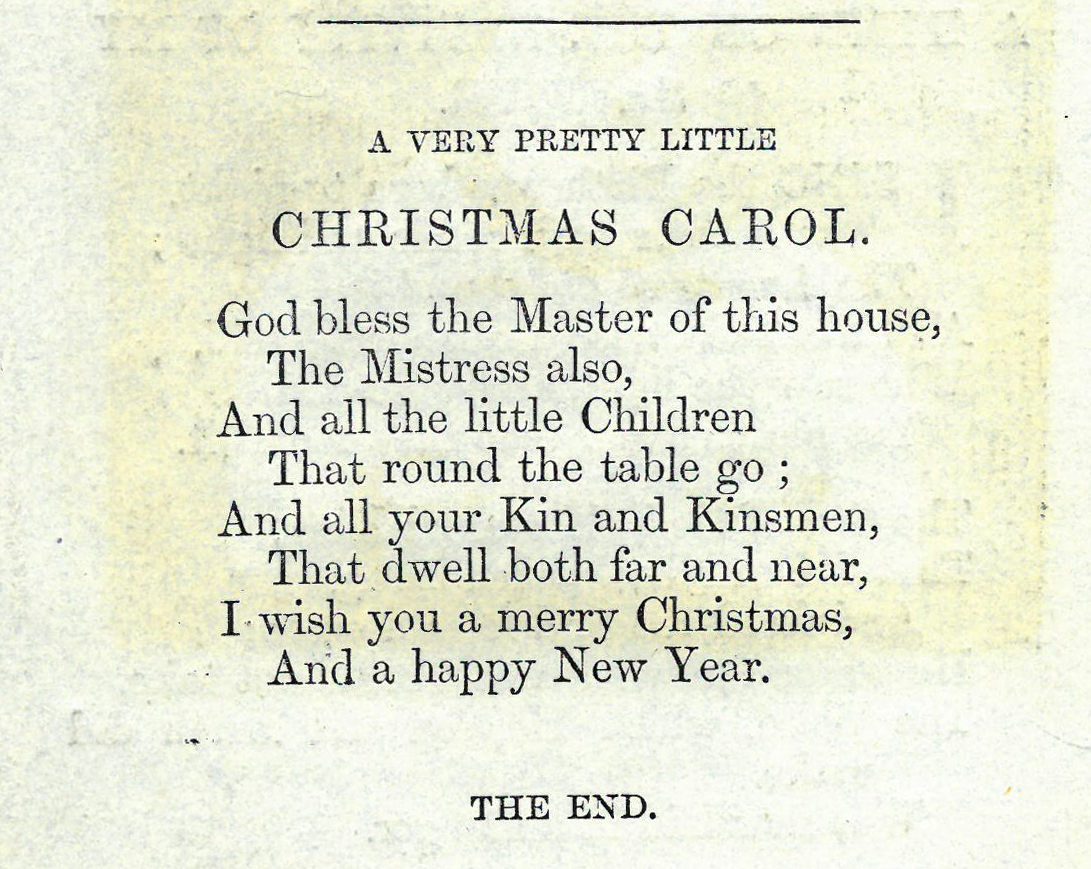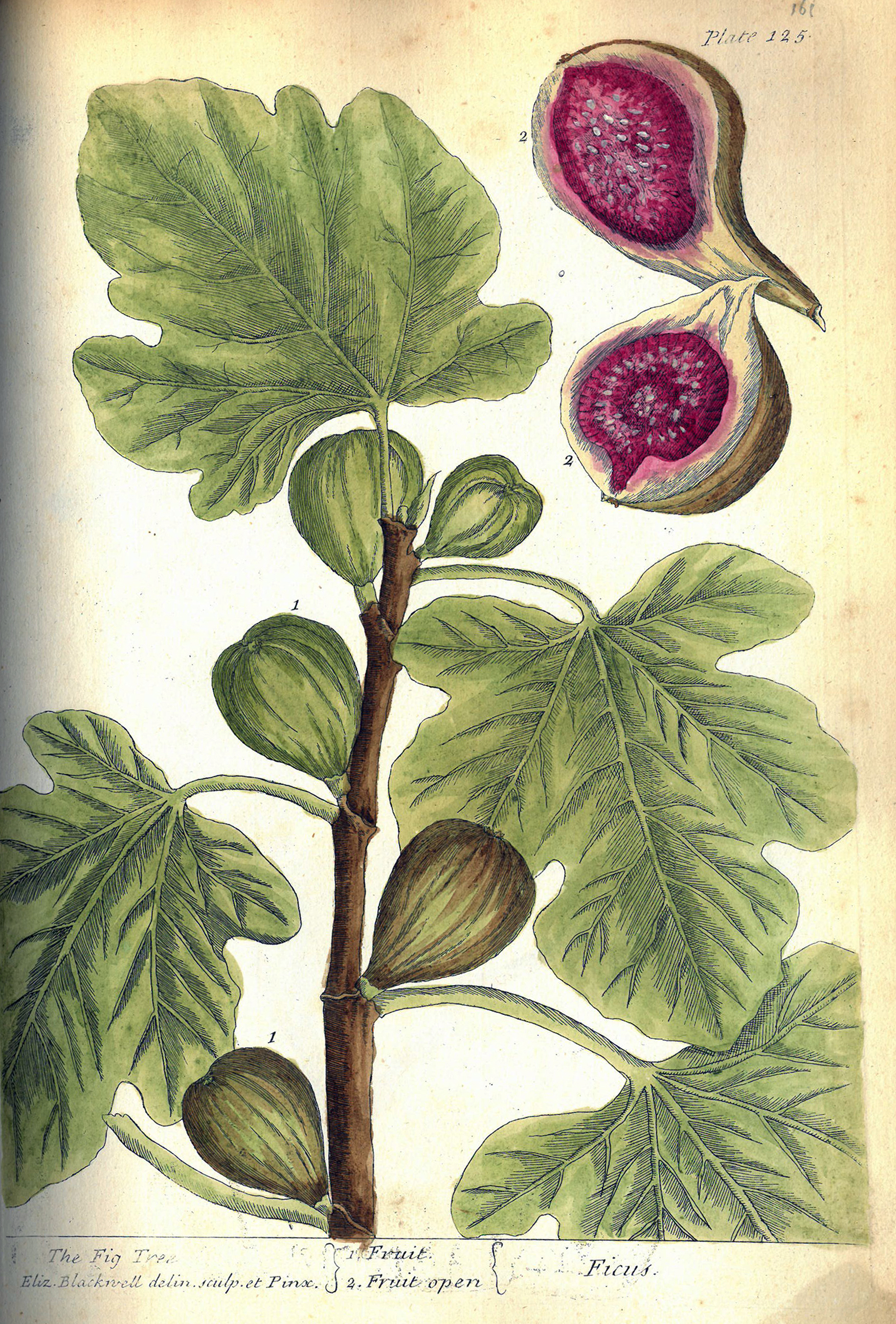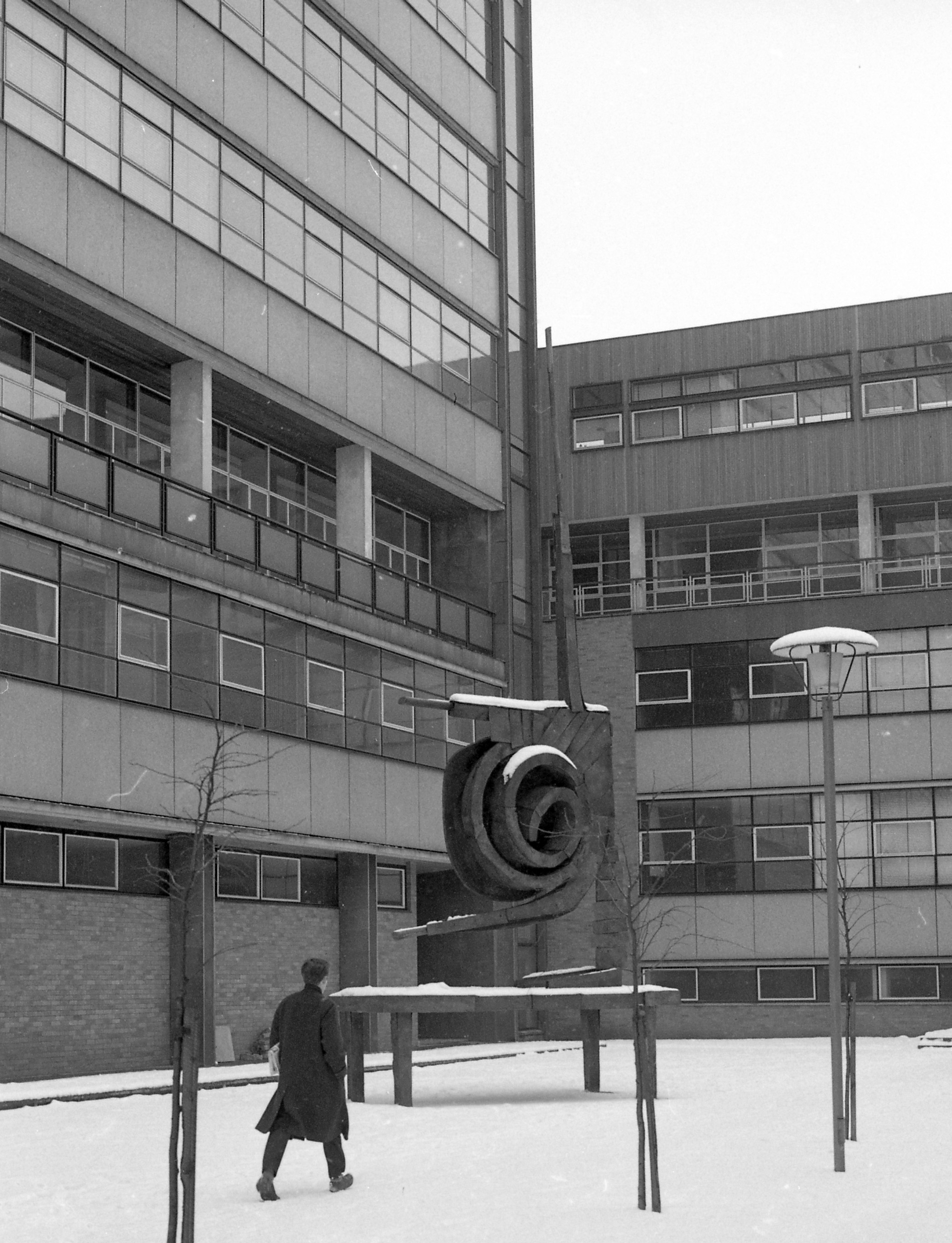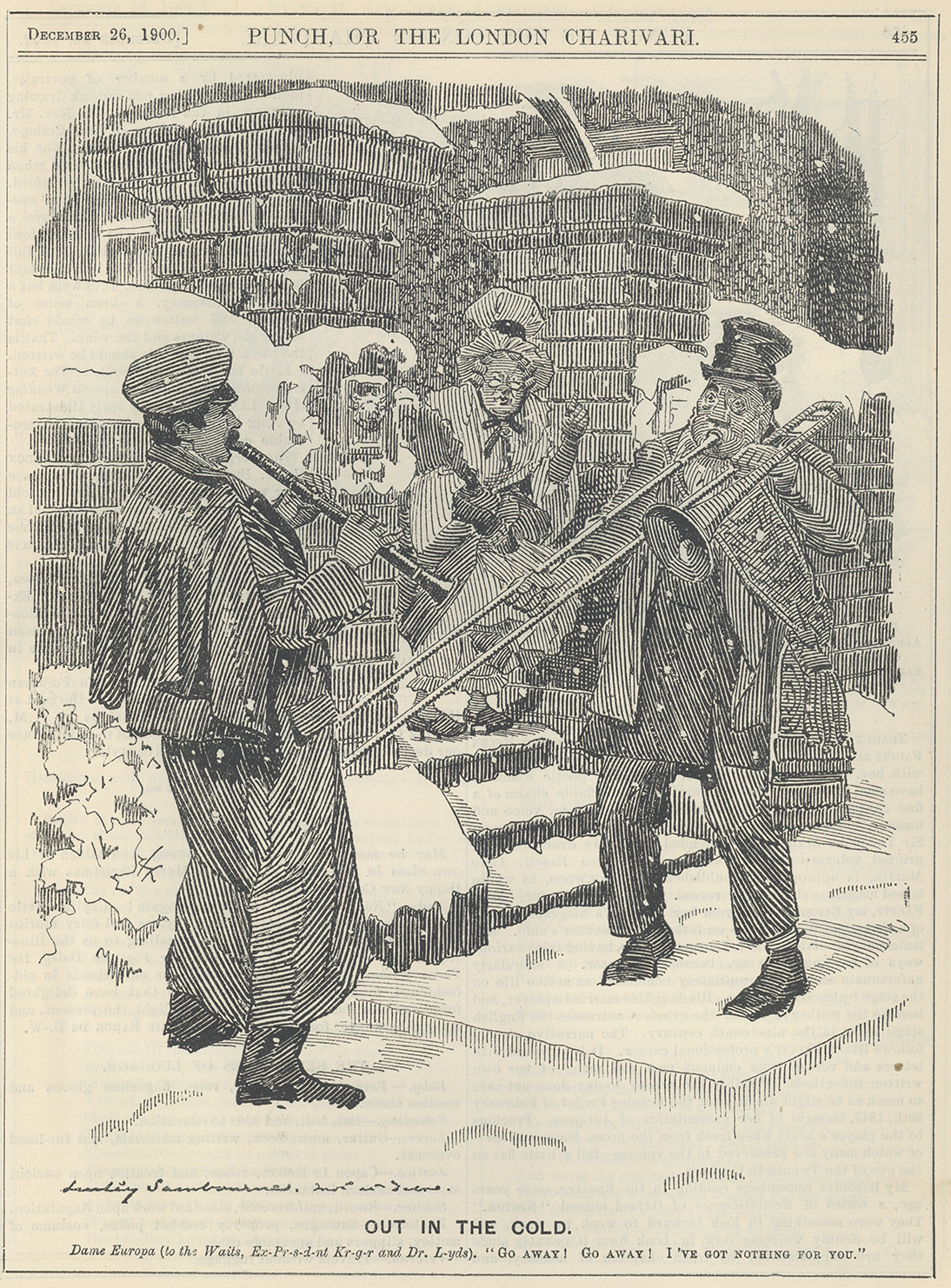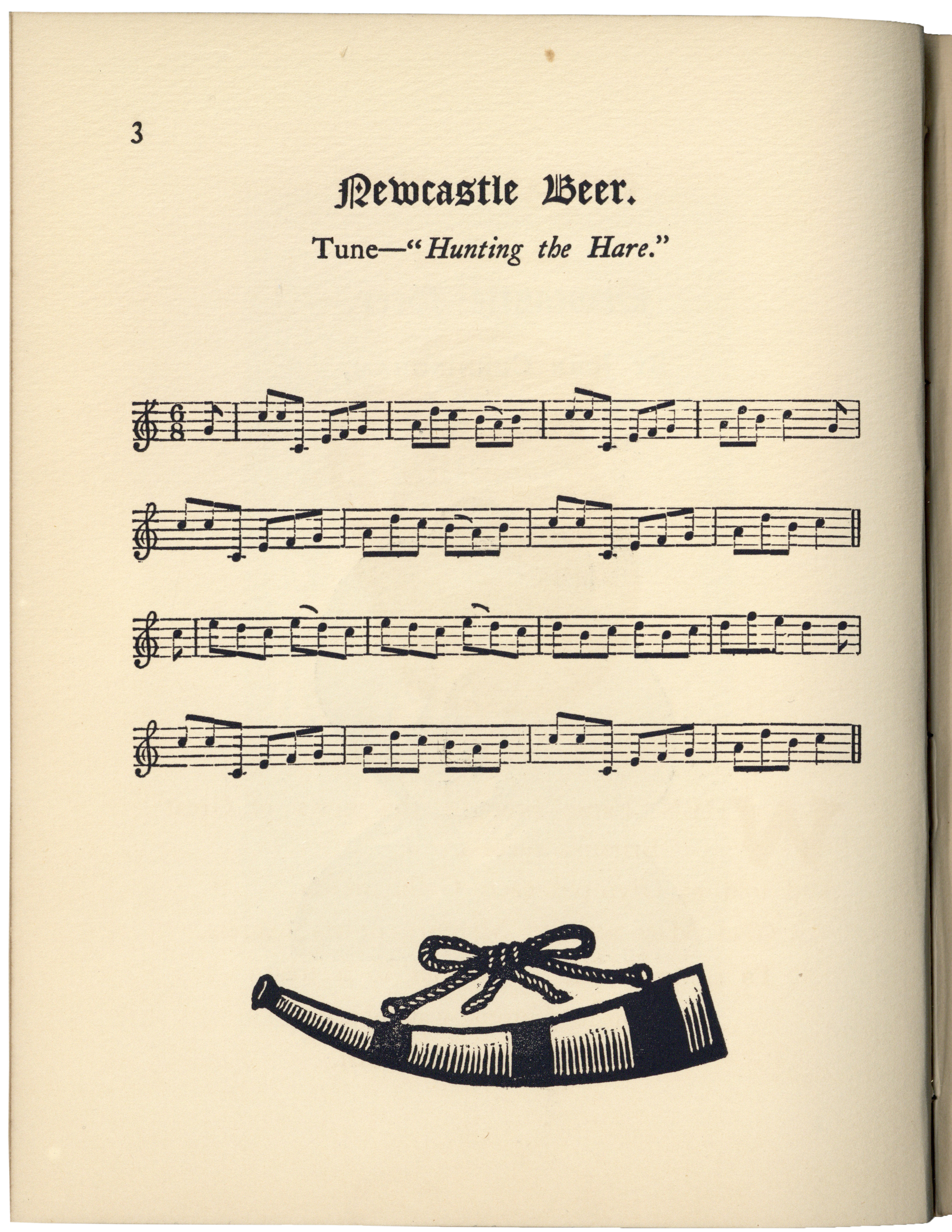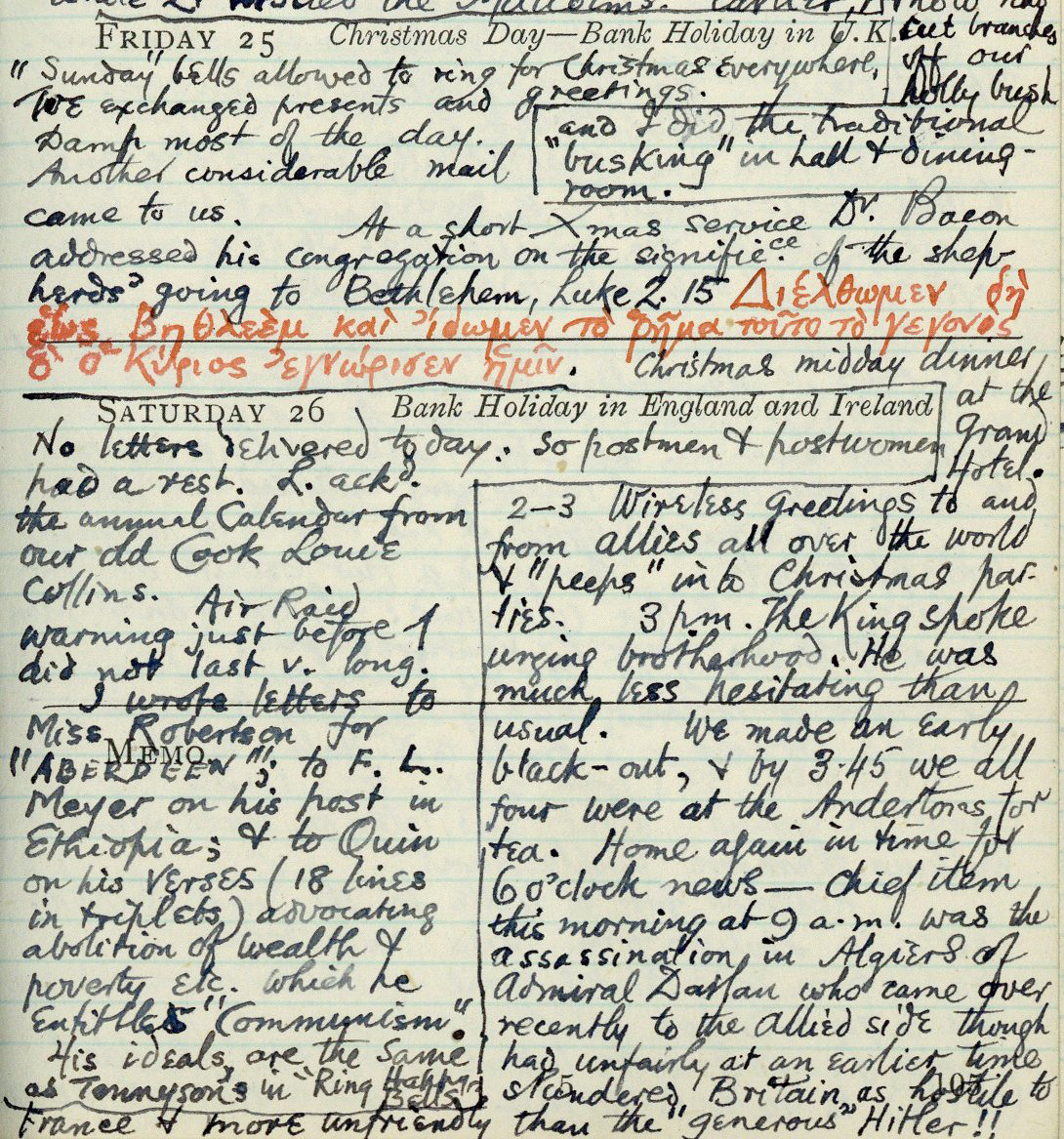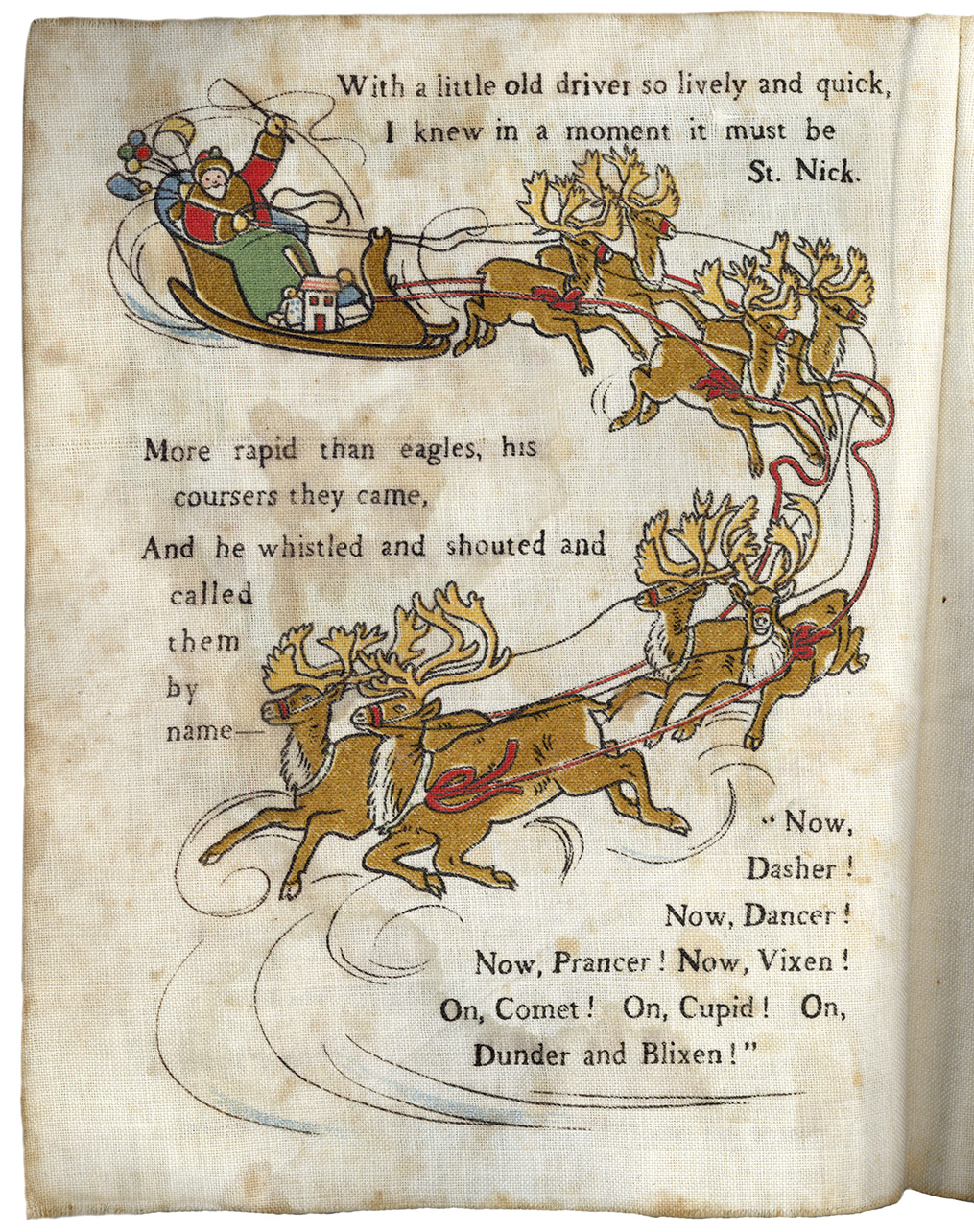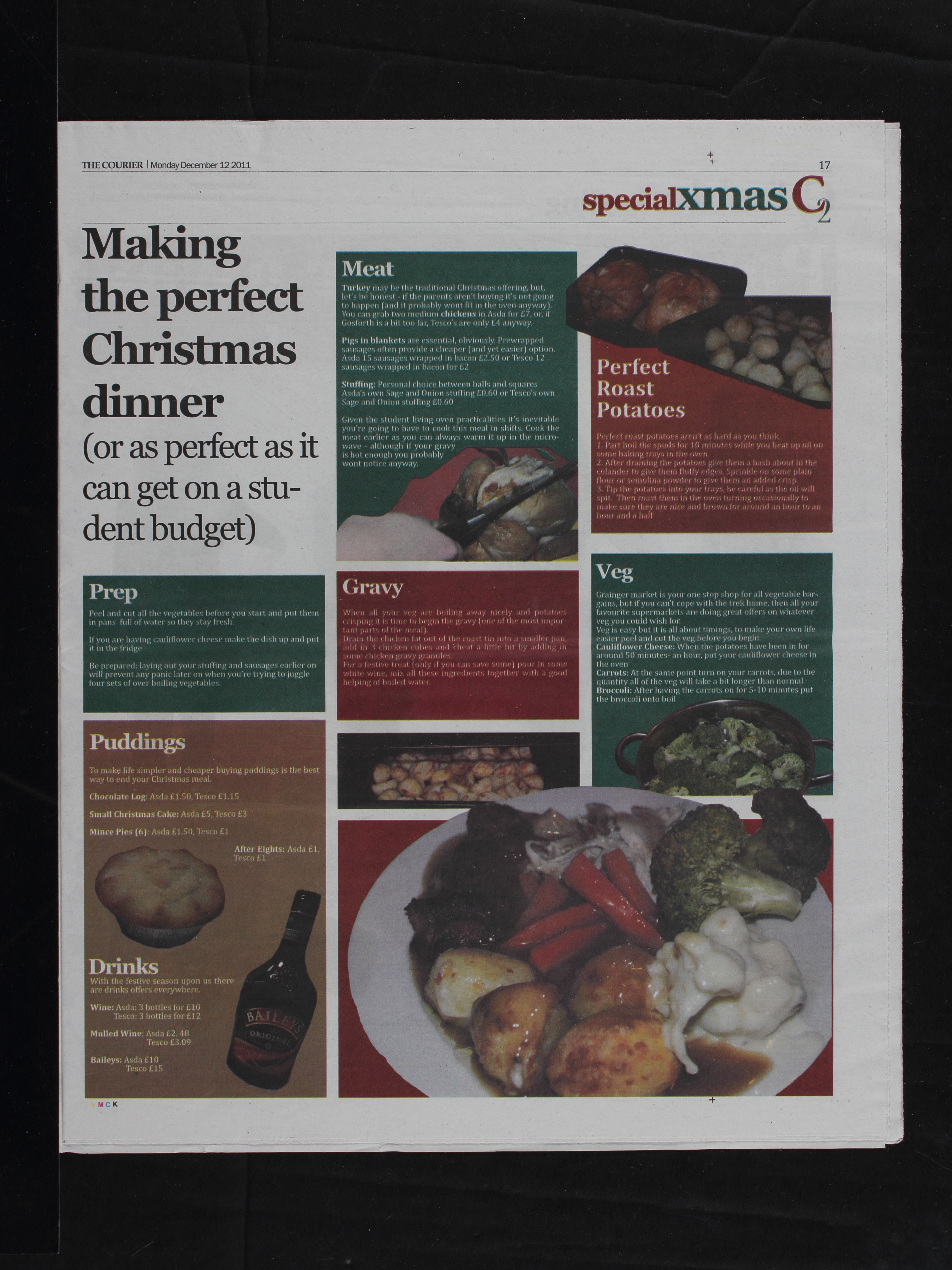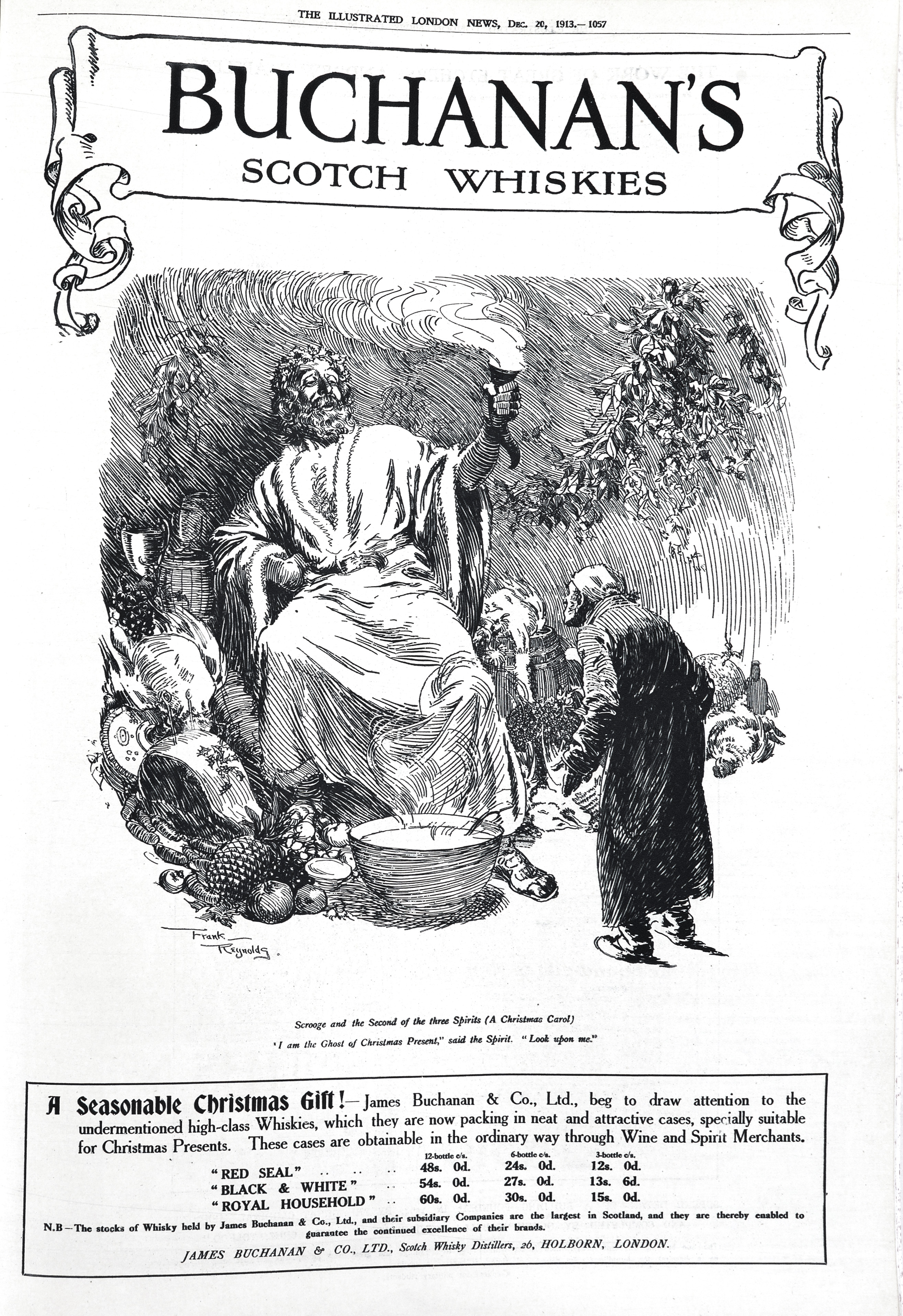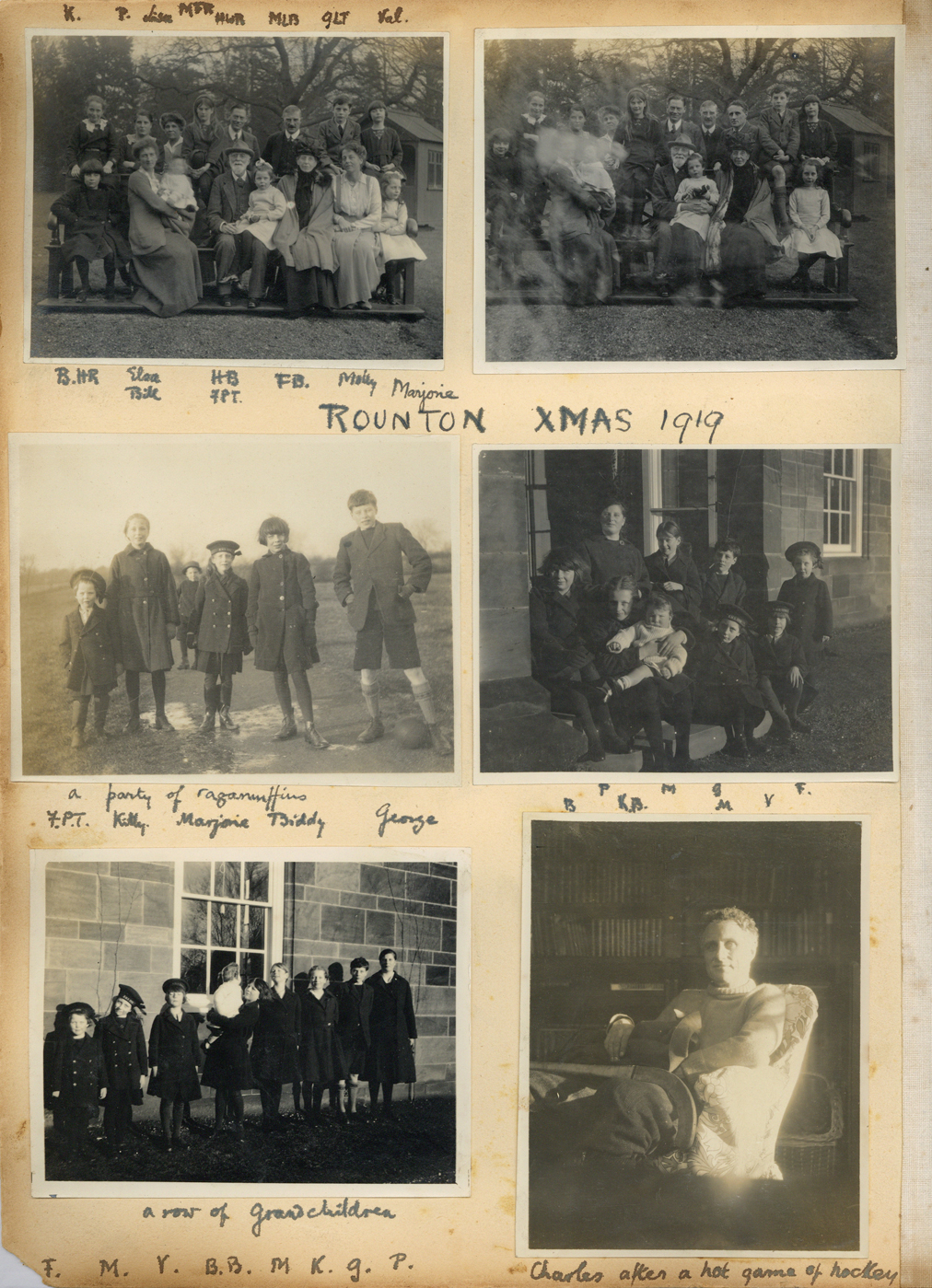
Page showing ‘Rounton Xmas 1919’ from Trevelyan photo album, Volume 9 (Charles Philips Trevelyan Archives, CPT-PA-8)
Page 14 from the Trevelyan photo album, Volume 8, ‘Rounton Xmas 1919’.
The Trevelyan family were a wealthy and important family who lived at Wallington Hall (a large country house) in Northumberland during the 19th and early 20th centuries. They played an important role in politics, culture and education.
Included in the photographs above:
Sir Charles Philips Trevelyan was a was a Liberal and then Labour M.P. and a wealthy landowner. He donated Wallington Hall to the National Trust in 1942, which is now open to the public.
Molly Trevelyan was the wife of Charles Trevelyan. She was the half sister to Gertrude Bell, who was an English writer, traveller, political officer and explorer.
Charles and Molly had six children; Kitty, Geoffrey, Patricia, Marjorie, Pauline and George.
Photograph annotations from top left to right:
- Two top photographs annotated ‘K’, ‘P’, ‘Alisa?’, ‘MFR’, ‘HWR’, ‘MLB’, ‘GLT’, ‘Val’, followed by ‘BHR’, ‘Elsa’, ‘HB’, ‘FB’, ‘Molly’, ‘Marjorie’, ‘Bill’, ‘FPT’. The photographs show a large grouP of people posing outside for photographs. There are several generations of both Trevelyans and Bells represented.
- Photograph annotated ‘a party of ragamuffins’, ‘F.P.T.’, ‘Killy’, ‘Marjorie’, ‘Biddy’, ‘George’. The photograph shows some of the children standing outside posing for the photograph, with a football at George’s feet.
- Photograph annotated ‘B’, ‘P’, ‘K.B.’, ‘M’, ‘G’, ‘M’, ‘V’, ‘F’, showing the children sitting on one of the steps outside the house, posing for the photograph.
- Photograph annotated ‘a roar of grandchildren’, ‘F’, ‘M’, ‘V’, ‘B.B.’, ‘M’, ‘K, ‘G’, ‘P’. The children have arranged themselves in height order, from smallest to tallest, against one of the walls outside the house.
- Photograph annotated ‘Charles after a hot game of hockey’ , showing Charles sitting in his study.

